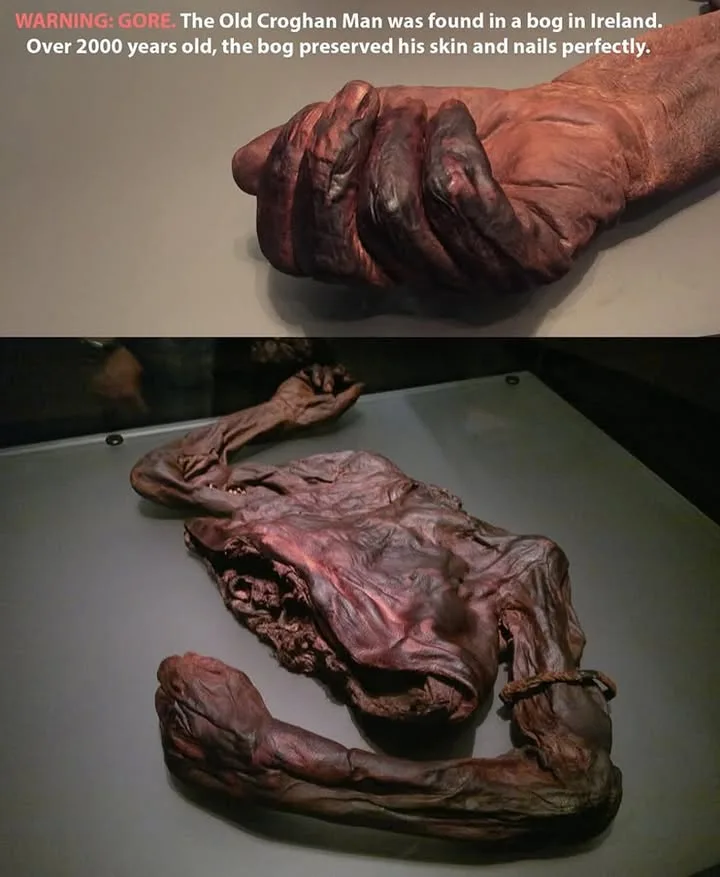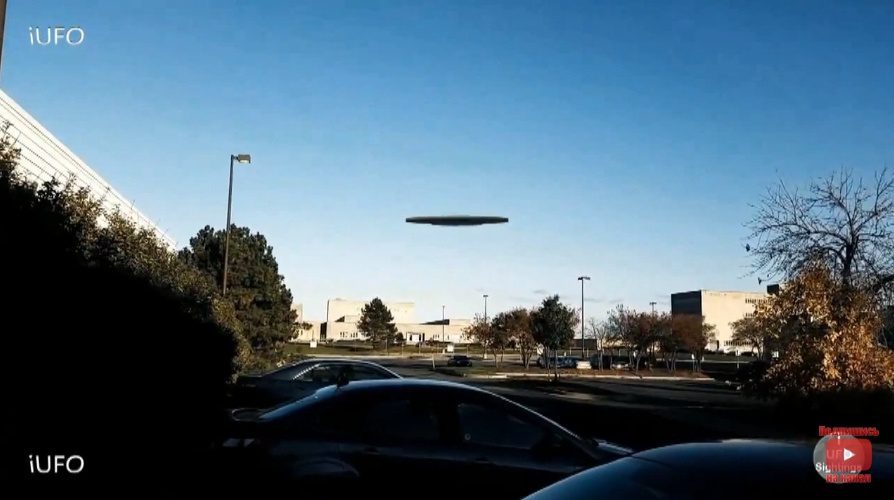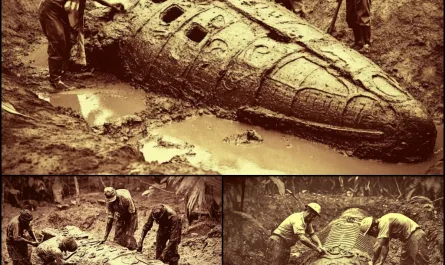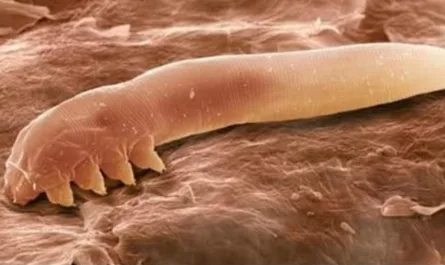Imagine stumbling upon a perfectly preserved human body, not from a recent crime scene, but from an astonishing 2,400 years ago. That’s exactly what happened in an Irish bog, leading to the discovery of one of the most fascinating archaeological finds: Oldcroghan Man.
This isn’t just any ancient remains. The unique conditions of the peat bog – its high acidity, low temperature, and oxygen-free environment – created a natural time capsule, preserving organic matter with chilling detail. For Oldcroghan Man, it meant that his torso was incredibly well-preserved, offering an unprecedented glimpse into the distant past.

A Last Meal and a Lifestyle Uncovered
One of the most astonishing aspects of Oldcroghan Man’s preservation was the ability of scientists to analyze his stomach contents. His last meal, eaten mere moments before his death, consisted of simple yet nourishing wheat and buttermilk.
But the revelations didn’t stop there. By examining his nails, researchers were able to piece together a dietary history extending back several months. This analysis indicated that, despite his humble last meal, he had maintained a meat-rich diet for at least four months prior to his death. This suggests he was a person of some status or perhaps a warrior, as meat was a valuable commodity in Iron Age Ireland.
A Gruesome End, A Ritualistic Mystery
Known as “Oldcroghan Man” (named after the bog where he was found), his story takes a darker turn. Evidence points to a truly horrifying demise. He is believed to have been subjected to a gruesome death, possibly involving ritualistic torture and murder, when he was in his early twenties.
While the precise reasons remain a subject of archaeological debate, many theories suggest he was a victim of ritual sacrifice. In Iron Age societies, such sacrifices were sometimes performed to appease deities, secure good harvests, or avert disaster. The nature of his injuries – including indications of mutilation – aligns with patterns observed in other European bog bodies believed to be ritual killings.
Unprecedented Preservation: From Fingerprints to Height
Despite missing his head and lower limbs (likely lost during peat extraction before the body was fully recognized), the level of preservation on Oldcroghan Man’s remaining torso was extraordinary. A research team from the National Museum of Ireland was astounded to find that his fingerprint whorls were as clear as those of a living person. This incredible detail offers a direct, tangible link to an individual who lived millennia ago.
Even with incomplete remains, scientists were able to estimate his original stature. Based on the length of his arms, which were remarkably preserved, they deduced that he stood at an impressive six feet six inches (198 cm). This would have made him exceptionally tall for the Iron Age, a towering figure in his community.
Radiocarbon dating further cemented his place in history, pinpointing his death to sometime between 400 and 200 BC.
Oldcroghan Man isn’t just a relic; he’s a silent witness to a distant era. His preserved body, along with the secrets held within its ancient tissues, provides invaluable insights into the diet, health, customs, and even the brutal rituals of Iron Age Ireland. Each detail adds another layer to the complex tapestry of human history, reminding us of the profound stories waiting to be uncovered from the depths of our planet.





